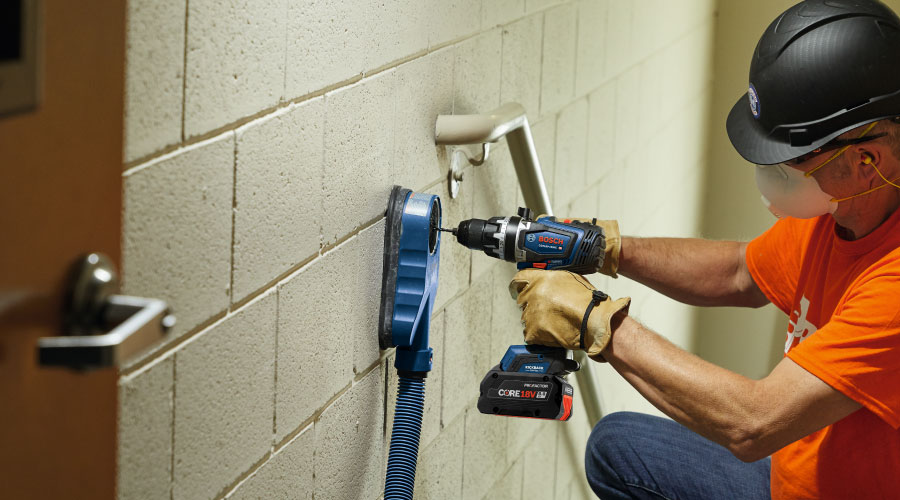Uninterruptible Power Supplies: Flywheels Can Replace Batteries
From providing life safety to protecting revenue, uninterruptible power supplies (UPS) have become vital components of many organizations’ daily operations. And as the hunger for better, faster facility technology grows, so do UPS options.
Maintenance and engineering managers can use existing and new UPS technologies to ensure reliable, flexible backup power to support organizations’ strategic facility plans and long-term goals.
Technology Advances
UPS technology has advanced in the last decade in both design and effectiveness. UPS started as a series of batteries that maintained power to critical pieces of equipment that could not survive power interruptions, voltage variations, frequency variations, transient disturbances or poor power quality.
New-generation UPS use alternate power technologies instead of batteries, such as flywheels. A flywheel UPS essentially uses a heavy, rotating disc to store energy and convert direct-current (DC) power into alternating-current (AC) power to serve critical loads. In the event of a voltage fluctuation or interruption, this flywheel UPS acts as a power generator until stored energy dissipates.
Some industry experts see flywheel technology as a slightly risky approach to design because a very short reserve backup capacity exists, unlike with batteries. So if the generator does not start or switches do not transfer, the equipment served will not have power.
A flywheel UPS is effective as a bridge solution for short-ride outages through times of 15-20-second transition periods from utility power to generator power. It is intended primarily to keep sensitive electronic equipment online until utility power returns or generators come online.
Many people view flywheel UPS systems as a clean-technology solution, since they eliminate the need for technicians to replace lead-acid batteries, which can harm the environment. The units can save floor space, minimize ventilation and maintenance requirements, and lower a facility’s carbon footprint by not having to replace batteries every five years.
Flywheel technology is not an inexpensive alternative to batteries. High initial costs for material can cause managers to hesitate before implementing the technology. But many people feel the environmental benefits outweigh the cost. Overall, the long-term cost savings in maintaining this type of unit makes it the less-expensive alternative.
Related Topics:













